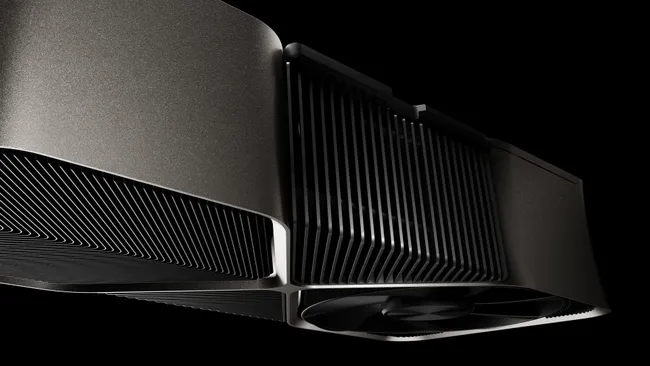
Nvidia's AIB (Add-in Board) partners have allegedly been caught using dirt-cheap thermal paste in their latest GeForce RTX 40-series products, which are among the best graphics cards. Igor Wallossek from Igor's Lab reports that thermal paste deterioration has escalated into a severe problem for many RTX 40 series customers, where faltering cards see hotspot temperatures reach over 100 degrees Celsius, causing fan speeds to spike to almost 100%. The thermal paste allegedly performs exceptionally well on day one but quickly deteriorates on a scale of months (not years).
Wallossek's journey started when he began getting reports from readers revealing poor cooling performance on their RTX 40-series graphics cards. In two articles covering an RTX 4080 Gallardo and RTX 4080 TUF Gaming, he discovered that poorly made thermal paste was the sole cause of the problems. Re-pasting the cards immediately rectified the issue and brought temperatures back to normal.
Wallossek found that this problem isn't specific to a limited number of partners. Most, if not all, of Nvidia's partners seemingly use the same thermal paste supplier. The company supplies a cheap thermal paste to Nvidia partners, delivering superb day-one performance but deteriorating much faster than standard thermal paste.
However, to confirm the paste was bad, he tested the thermal paste material from a brand new RTX 4080 Gallardo to see how it performed. In testing, at 60 degrees Celsius, Wallossek found that the paste's performance at very low thickness is outstanding, almost too good to be true — it performed on par with some of the best thermal paste applications, including Thermal Grizzly's Kryonaut.
However, Wallossek later noticed that the thermal conductivity of the RTX 4080 Gallardo's paste worsens with thicker applications. Thicker layers turn the paste from performing on par with the best thermal paste to performing like mainstream pastes, like the Arctic MX-6. The paste's performance is good regardless; however, the amount of performance deviation was quite unusual.
Finally, Wallossek took a microscope to the RTX 4080 Gallardo's paste to see its individual properties. Sure enough, the paste is a cheaply made formula with a weird oily mixture that dries up in minutes if you wipe it with your finger. It also has particles of up to 16 µm, which Wallossek says is too big for a thermal paste application. Massive particles of aluminum oxide have been added to the paste to achieve higher thermal conductivity easily in the short term, but quickly reduce its effectiveness in the long term as the particles create enough space for the oily paste to run through and out of the particles altogether, causing the paste to dissolve quickly.
The good news is that this issue is relatively easy to rectify. Most aftermarket graphics cards aren't incredibly difficult to tear down, and replacing the paste is done with the same method as applying thermal paste to a CPU. Good thermal paste is also very easy to come by, with many good options under $10.







